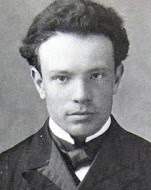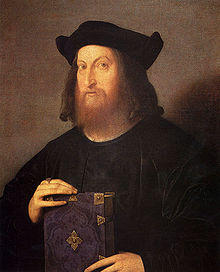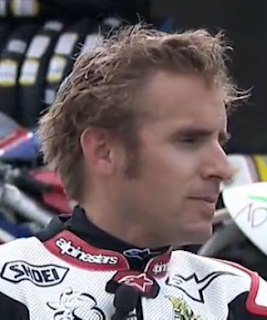Ottorino Respighi – violinist and composer
Talented Bolognese brought a Russian flavour to Italian music
The musician Ottorino Respighi was born on this day in 1879 in an apartment inside Palazzo Fantuzzi in the centre of Bologna. As a composer, Respighi is remembered for bringing Russian orchestral colour and some of Richard Strauss’s harmonic techniques into Italian music. He is perhaps best known for his three orchestral tone poems Fountains of Rome, Pines of Rome and Roman Festivals, but he also wrote several operas. Respighi was born into a musical family and learnt to play the piano and violin at an early age. He studied the violin and viola with Federico Sarti at the Liceo Musicale in Bologna and then went to St Petersburg to be the principal violinist in the orchestra of the Imperial Theatre. While he was there he studied with Nicolai Rimsky-Korsakov and acquired an interest in orchestral composition. One of Respighi’s piano concertos was performed at Bologna in 1902 and an orchestral piece by him was played at the Metropolitan Opera House in New York the same year. Read more…
_________________________________________________________________
Adriano Panatta – tennis player
French Open champion was most at home on the clay
The only tennis player ever to defeat Bjorn Borg at Roland Garros in Paris, Adriano Panatta was born on this day in 1950 in Rome. A successful singles player, Panatta reached the peak of his career in 1976 when he won the French Open, gaining his only Grand Slam title, defeating the American player, Harold Solomon, in the final 6-1, 6-4, 4-6, 7-6. Panatta learnt to play tennis as a youngster on the clay courts of the Tennis Club Parioli in Rome, where his father was the caretaker. He won top-level titles at Bournemouth in 1973, Florence in 1974 and at Kitzbuhel in Austria and Stockholm in 1975. In the same year that he won the French Open, Panatta won the Italian Open in Rome. Panatta ended 1976 by helping Italy capture its only Davis Cup title. He also reached his career-high singles ranking of World number four that year. The only player to have defeated Bjorn Borg in the French Open, Panatta had the distinction of achieving this feat twice, in the fourth round in 1973 and in the quarter finals in 1976. Read more…
__________________________________________________________________
Manlio Brosio - NATO secretary-general
Anti-Fascist politician became skilled diplomat
Manlio Brosio, the only Italian to be made a permanent secretary-general of the North Atlantic Treaty Organisation (NATO), was born on this day in 1897 in Turin. Brosio, whose distinguished diplomatic career had seen him hold the office of Italian ambassador to the Soviet Union, Britain, the United States and France, was appointed to lead NATO in 1964 and remained in post until 1971, the second longest-serving of the 13 secretary-generals so far. Known for his congenial personality, he insisted that others behaved courteously and with respect for etiquette, while conducting himself with self-restraint. This enabled him to maintain a good relationship with all NATO ambassadors and helped him manage a number of difficult situations. Some critics felt he was too cautious but his low-key approach is now credited with keeping NATO together during the crisis that developed in 1966 when General Charles de Gaulle, the French president, threatened the organisation's existence by insisting that NATO removed all its military installations from France within a year. Read more…
Home
























